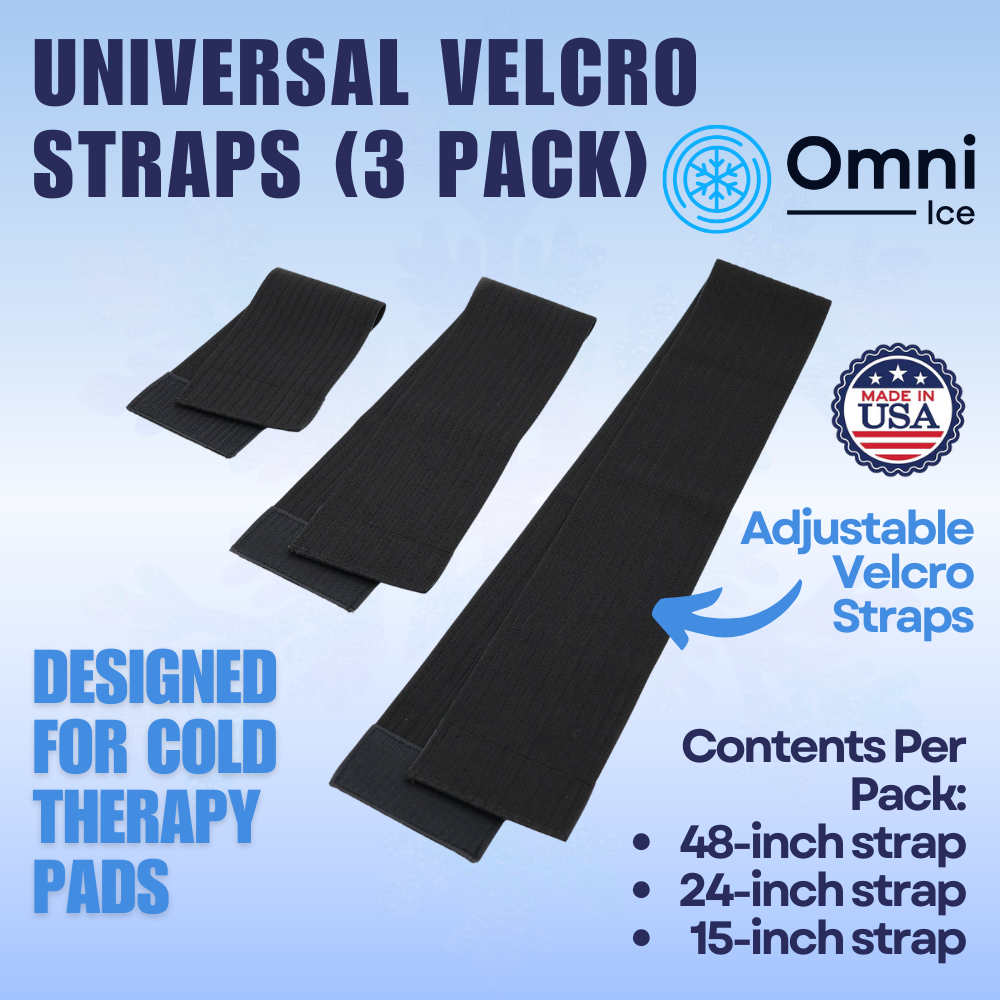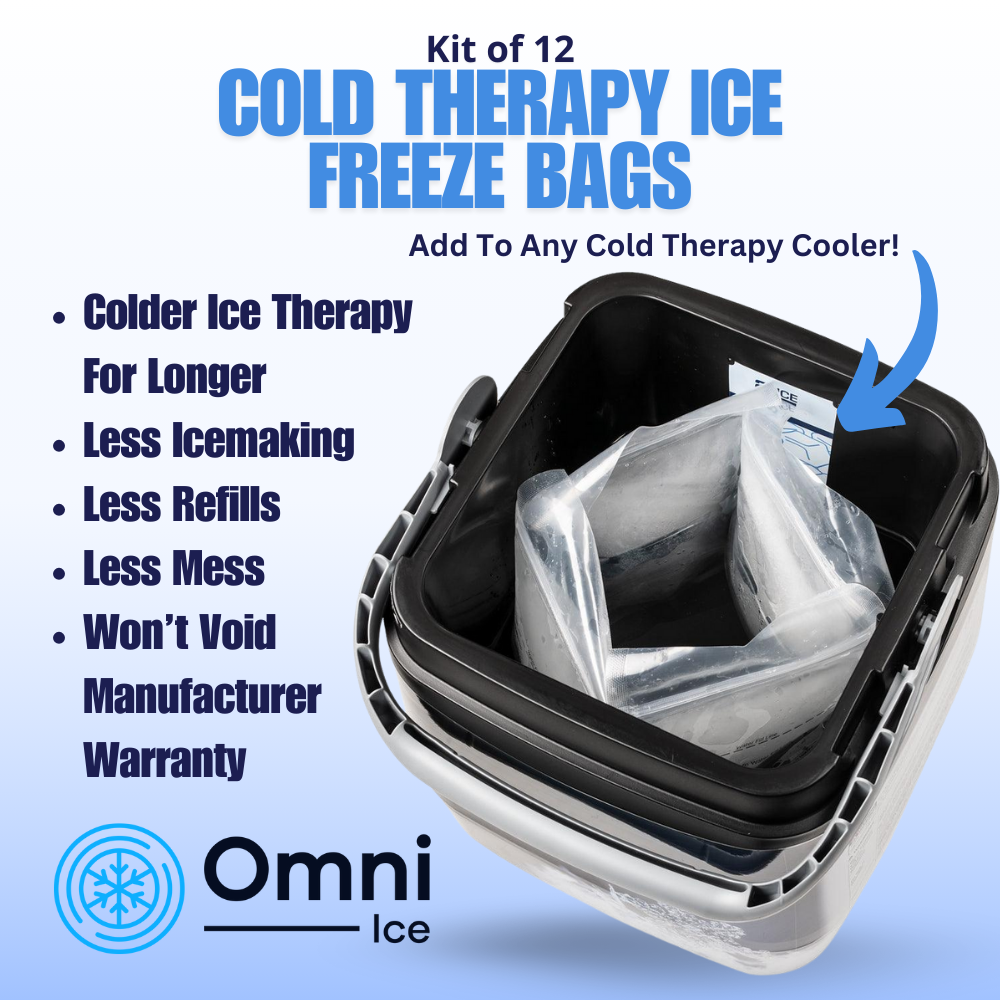Cold Therapy Precautions to Avoid Skin Injury
Cold therapy involves the use of cold temperature to treat injuries and help sore muscles relax and recover after strenuous activity. This therapy can be applied using ice and gel packs, coolant sprays, ice baths, or cold therapy machines. Unfortunately, one of the main risks of cold therapy is getting frostbites, especially if you over-expose your skin to cold temperatures.
So, even as you enjoy the benefits of cold therapy, you need to take all the necessary precautions to avoid skin injury. This article talks about the important precautions you need to take when having cold therapy to avoid damaging your skin.
How Cold Therapy Causes Ski Injuries

Although water freezes at 32 degrees Fahrenheit, ice from the freezer is much colder and more likely to cause frostbite if you put it directly on your skin. Ice crystals will form in your skin cells and prevent blood from flowing freely. This will deprive the skin tissues of oxygen, causing permanent damage to your skin. In some severe cases, these injuries can lead to amputation.
How to Avoid Ice Burns
When you are applying cold therapy, pay attention to your skin sensitivity. The first phase of ice burn, commonly referred to as frostnip, causes the skin to turn red or whitish with a tingling sensation. When this happens, you should remove the ice pack or cold therapy machine from your skin immediately and warm the area to prevent serious damages.
When you are having cold therapy, your skin will go through four main phases. First, it will become cold, followed by a burning sensation. Soon after, you will notice that the affected area feels achy. Then, the skin will become numb. You should remove the ice from your skin as soon as you start experiencing numbness. If you are using a cold therapy machine, pay close attention to the set time.
Usually, the duration between the initial cold feeling and numbness is anywhere between 10 and 20 minutes. Therefore, do not set your machine’s timer for more than 20 minutes. Don’t leave it on your skin for more than 20 minutes if you use an ice pack. This means that you should not apply ice on your skin when you are about to sleep because you might fall asleep with the ice pack on. Also, don’t apply ice on an area already injured with blisters or burns because the ice is likely to cause further damage. Sometimes it’s also essential to cover your skin with a piece of cloth before applying the ice. For more details, talk to My Cold Therapy today.








